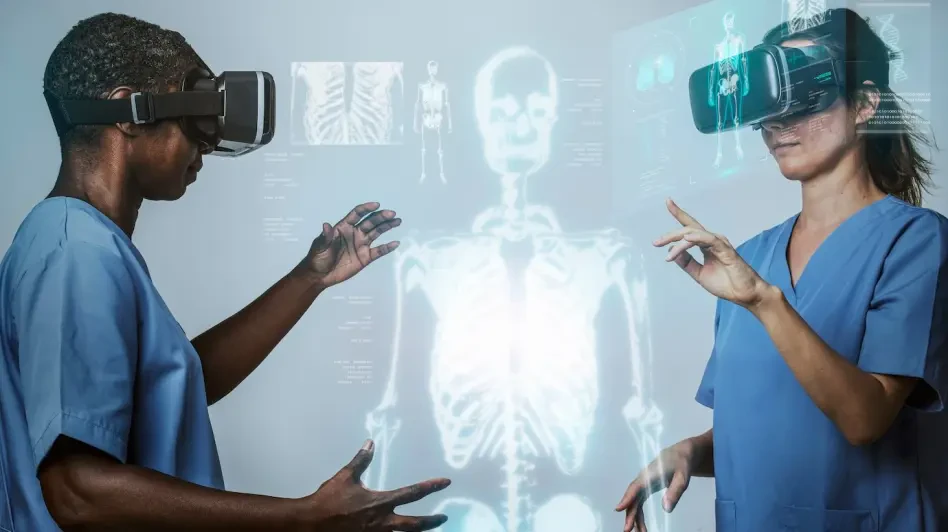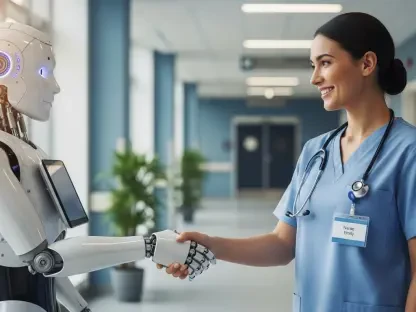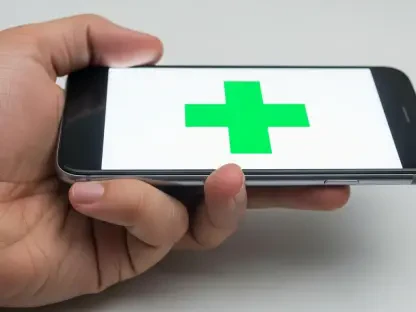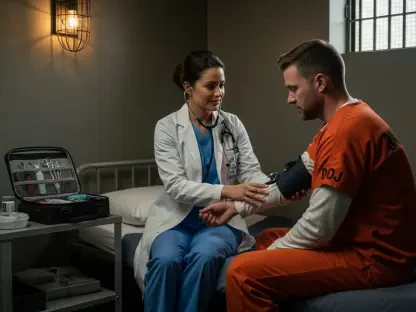Virtual reality (VR) in the realm of education has sparked considerable interest, particularly within health sciences. This cutting-edge technology offers dynamic solutions to long-standing educational challenges, bringing immersive learning to students worldwide.
Exploring Dynamic Features of Virtual Reality in Health Education
One of the standout features of VR in health education is its ability to construct immersive learning environments. These environments captivate students by placing them directly within the subject matter, transforming traditional concepts into vivid, interactive experiences. This not only promotes active engagement but also enhances cognitive retention, ultimately leading to a deeper understanding.
Interactive 3D models present another significant feature, allowing students a tactile method for exploring complex concepts. In subjects such as neuroanatomy, these models enable direct interaction with otherwise abstract theories, facilitating easier comprehension of intricate details. Such hands-on learning is crucial for grasping the nuances inherent in health sciences.
Additionally, VR’s integration of cultural perspectives offers a groundbreaking approach. Projects that incorporate Indigenous knowledge provide a unique educational experience by embedding traditional wisdom into modern curricula. This culturally adaptive content enhances the inclusiveness of education and ensures cultural relevance, respecting diverse backgrounds while expanding the learners’ perspectives.
Recent Advancements and Trends Reshaping Learning
The pace of VR advancements in health education is swift. Emerging trends reflect a shift toward more user-friendly and efficient applications. VR developments are increasingly focusing on accessibility and personalization, ensuring that the technology adapts to individual learning styles and educational needs. Innovation continues to streamline VR’s integration into educational platforms, making it more cost-effective and easier to adopt across institutions worldwide.
These emerging trends signify a broader acceptance of VR in educational sectors. As more institutions recognize its potential benefits, VR is positioned not only as a supplementary tool but as a fundamental component of the educational process. The incorporation of VR into regular academic settings signals a transformative shift in educational methodologies.
Practical Impacts of VR in Educational Settings
VR has found practical applications in diverse educational scenarios, including virtual campus tours and course previews. For example, a virtual tour allows prospective health students to acquaint themselves with academic environments, faculty, and peers without the need to travel. This application is particularly beneficial for increasing accessibility and providing equitable education opportunities.
The use of VR in simulating clinical environments serves as another significant application, providing students with real-world practice scenarios. By immersing learners in lifelike situations, VR prepares them for professional challenges while offering a safe and controlled learning space. This hands-on preparation is indispensable in sector-specific education.
Navigating Challenges and Addressing Limitations
Despite its numerous benefits, VR in health education faces several challenges. Technological constraints, such as lag and resolution issues, can hinder VR’s effectiveness. Additionally, regulatory challenges and market obstacles persist, as education systems must align with technology while ensuring it meets academic standards and is accessible to a broader population.
Another limitation is the requirement for high-quality content delivery. Designing content that is both engaging and informative remains a challenge, as VR content creation demands significant resources and expertise. Ensuring widespread adoption also involves accounting for differing levels of technology access among educational institutions.
Future Directions and Potential Innovations
Looking ahead, several promising advancements in VR technology are anticipated, paving the way for broader applications in health education. These developments may include more sophisticated artificial intelligence integration, leading to adaptive learning experiences tailored to individual student needs. Additionally, VR’s potential in creating expansive, collaborative educational ecosystems could revolutionize traditional learning frameworks.
In the future, there is considerable potential for VR to contribute to more personalized learning experiences. By allowing educators to customize modules and tailor content to specific educational goals, VR could significantly enhance student outcomes. This bespoke approach to education may redefine how complex subjects are taught, promoting a more inclusive and effective learning environment.
A Holistic Evaluation of Virtual Reality’s Role in Education
In summary, virtual reality holds a distinct position in health education, providing unique solutions to traditional educational challenges. While it has ushered in unprecedented opportunities for engagement and inclusivity, challenges related to technology and content creation have emerged. The ongoing evolution of VR points toward broader integration and the potential to redefine educational landscapes. Future advancements can address existing limitations, ensuring VR continues as an indispensable educational tool.









